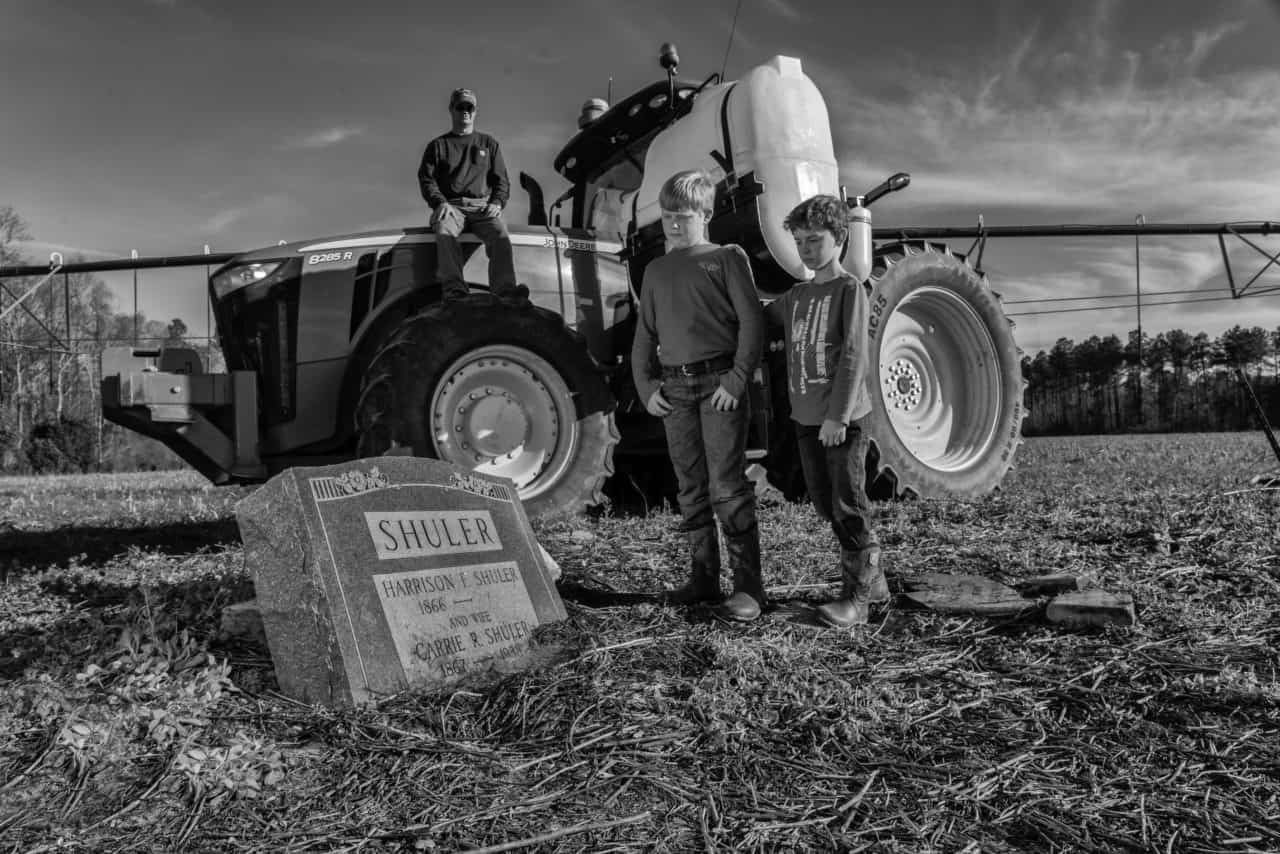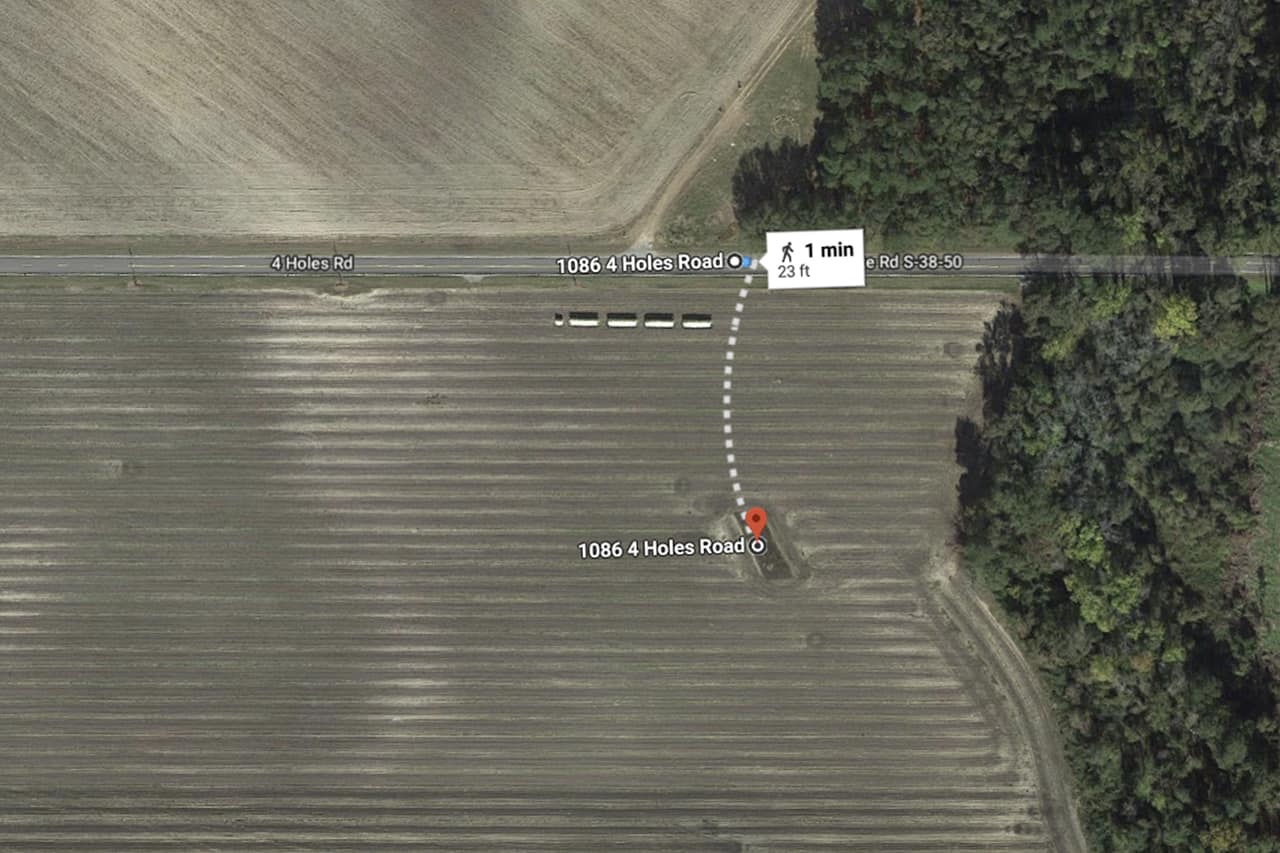I have become intrigued with cemeteries that are in the middle of cultivated agriculture fields – not at the edge, but in the middle! So many questions ….
First, how did the cemetery get there? We know intuitively that the cemetery came first, and then the crops
Second, why are these graves not in a church or established family cemetery? The best guess is that the deceased was missing a connection to a church which would have its own cemetery. As for non-existing family cemeteries, the kindred links were probably weak. Where family connections are strong, there may be an established family cemetery.
Third, why are most all of these isolated cemeteries in bad condition with damaged and/ or overturned gravestones? There are no witnessed accounts but I suspect that the crops, particularly tall ones like corn, obscure the cemetery and when the farmer plows or harvests with his combines, he forgets that the cemetery is there. The line edge of the field and the line edge of the cemetery fade. He just plows over it. Farm machinery has also become much larger and turning radiuses have become much larger. For a farmer farming many acres, his tractor is most likely equipped with a GPS guidance system which automatically self-steers the tractors during cultivation and harvest. Obstructions may not be mapped.
Fourth, and for this particular cemetery (1086 Four Holes Road, Cameron, S.C.), why is there a “modern stone” here? In this small cemetery on only a few smaller and different family markers are present. The most prominent one is for Harrison F. Shuler, born 1866 (death date missing), and his wife Carrie, born 1867 and died 1938. Census records from 1920 show that they were 18 and 17 years old respectfully when they married. Carrie died at the age of 71, and most likely her husband had this modern stone arranged then to commemorate her death. Because they had no children (again, census records), no one had his death date (1949, obituary, Orangeburg Times and Democrat) inscribed. This physical omission may be an additional evidence of a weak family line.


